A modern and glamorous metropolis with a melting pot of cultures and a famous skyline that’s filled with some of the world’s most iconic buildings, it’s easy to forget about Bedouin life in the UAE.
It was not that long ago, little over 40 years in fact, that the UAE’s sprawling desert landscape was inhabited by proud Bedouin (desert-dweller) tribes, fishing villages and date farms. According to The Story of The UAE by Zayed University “Bedouins lived in varied terrain; moving between the ocean (where pearl diving and fishing were the main forms of sustenance), the desert (moving as nomads for grazing areas for the camels and herds) and the oasis (where water sources and irrigation allowed for farming of dates and vegetables). One can still see the luxuriant date farms in Al Ain and irrigated terraced gardens in the mountain wadis (valleys).”
Related Story: Dubai Through The Eyes Of Sheikh Hamdan
Abu Dhabi once consisted of several hundred palm huts (barasti) huts, a few coral buildings and the Ruler’s Fort, while Dubai and its creek acted as a trading hub.
It wasn’t until the late 1930s, after the first oil concession that the region started to transform eventually develop into a thriving hotspot it is today.
Related Story: Go Back In Time On This Dubai Tour
As a reminder of the region’s rich history we look back at its Bedouin life, some of which is recountered through Sir Wilfred Thesiger, a famous British explorer who spent five years, between 1946 and 1950, living with the Bedouin of Southern Arabia and crossing the legendary Rub al-Khali, or Empty Quarter, of the Arabian Desert. He chronicled his journey and published the book Arabian Sands and Footsteps of Thesiger.
Bedouin Life In The UAE:
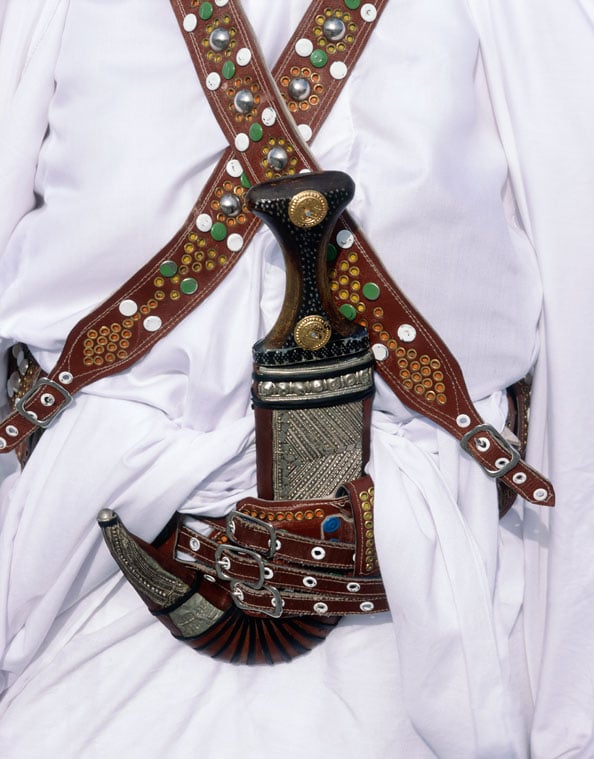
Men traditionally wore a long loose Arabic shirt with a long cartridge belt wrapped around their waist with a heavy silver sheath dagger tucked in.
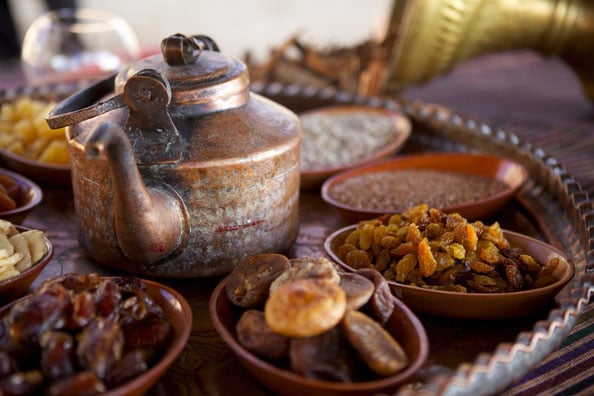
Bedouin tea, nuts and dried fruit.
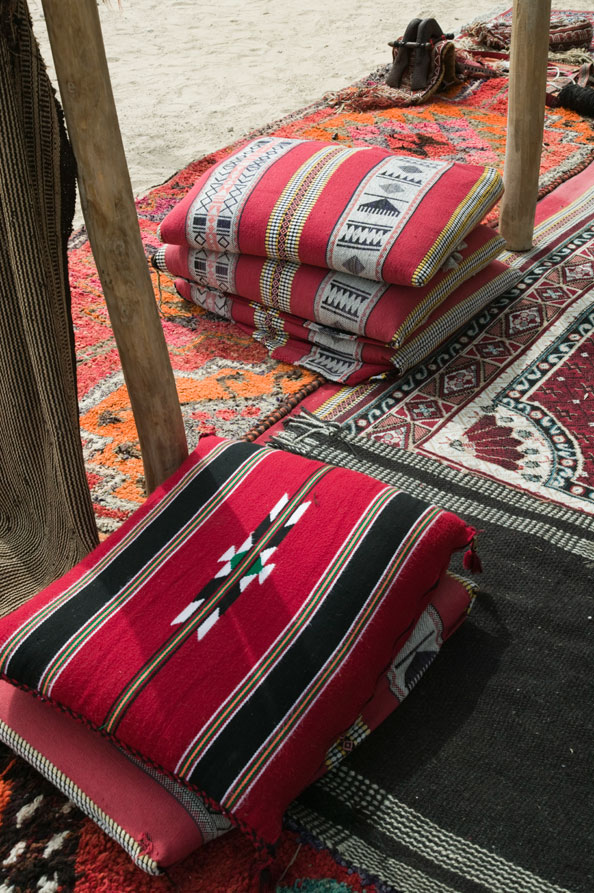
Bedouin carpet weaving is a rare skill today.
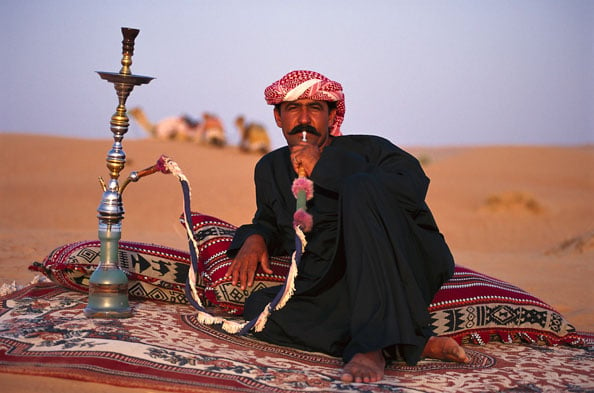
Bedouin with shisha at the desert in the evening.
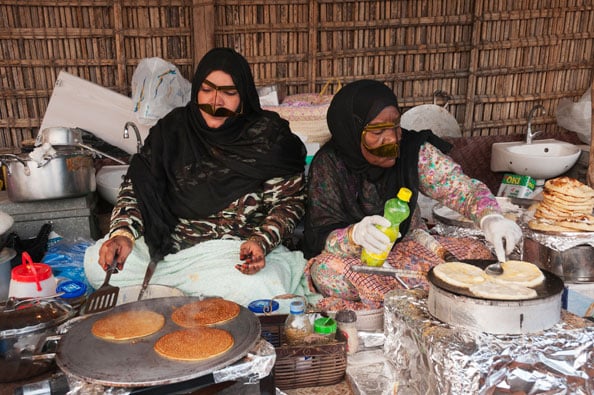
It was difficult to carry and keep fresh fruits and vegetables across the desert so food was simple – rice and flour were easier to carry. This is believed to be why the region has such an amazing variety of breads.
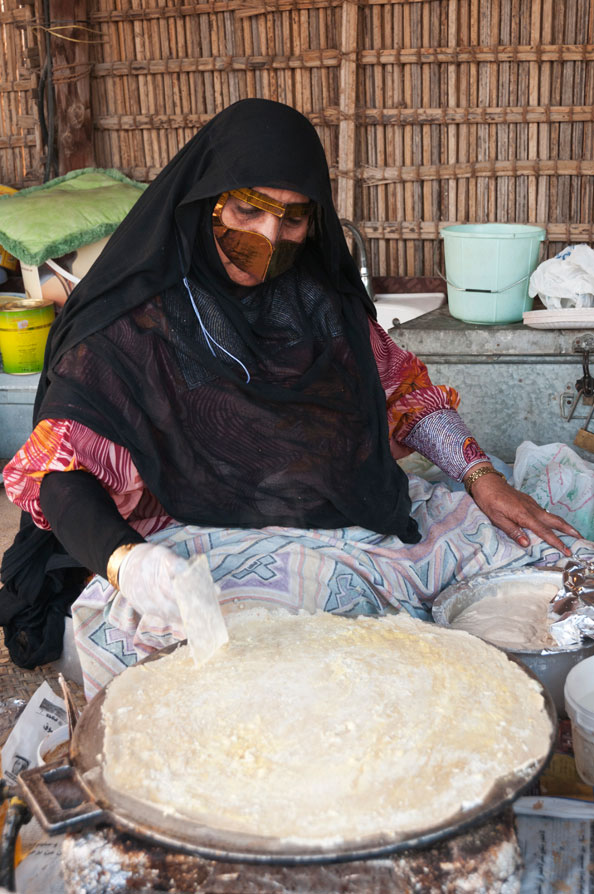
A Bedouin lady makes some flat bread.
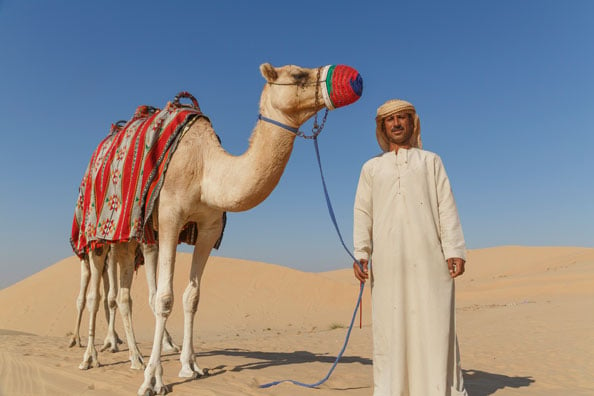
A stunning portrait of a Bedouin with a camel in the desert.
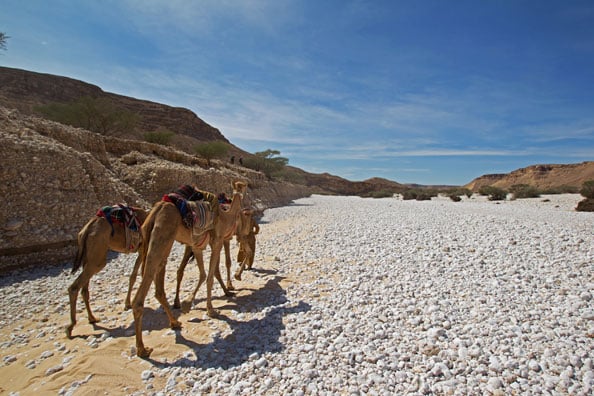
No traffic, just nature at its most beautiful.
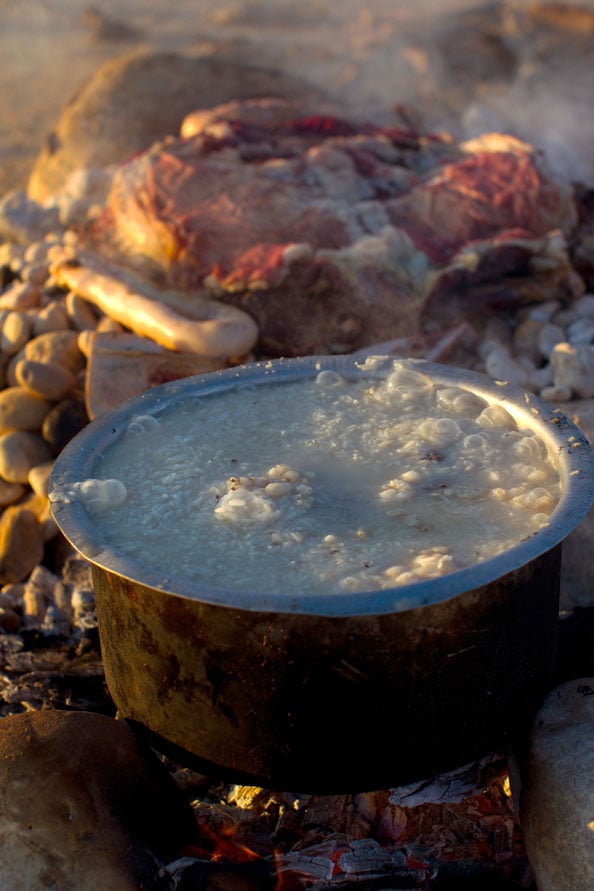
Rice and meat, particularly goat, were key staples in the diet.

Forget kitchens, food was cooked on a camp fire.
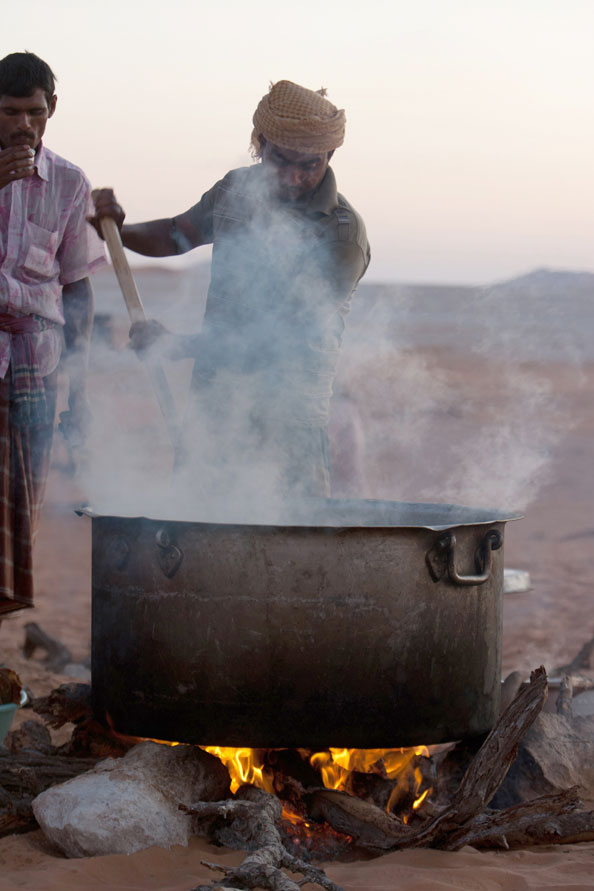
Bedouin share food. Hospitality was always at the forefront. After dinner men would often sit around the camp fire and talk over some tea.
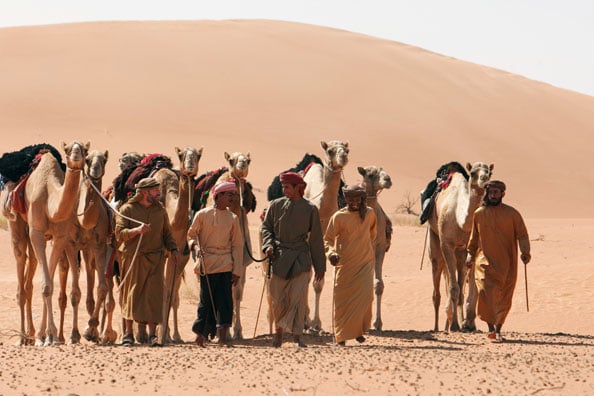
A recreation of Wilfred Thesiger’s route in Dubai and Oman.
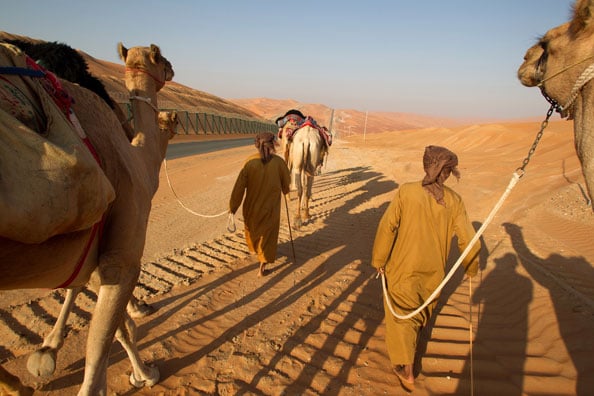
Long before SUVs and Lamborghinis, camels were considered ships of the desert.
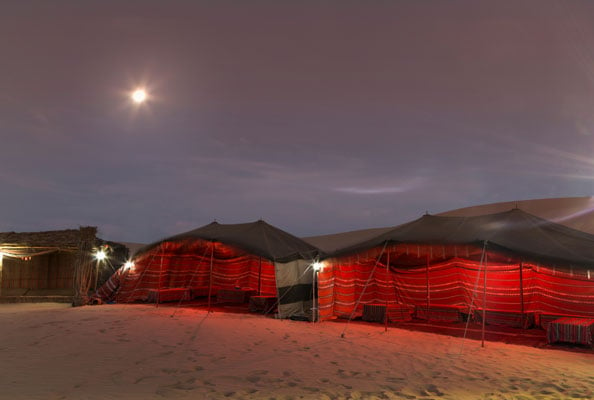
Bedouin tents at night in desert. The traditional bedouin tent was woven from goats’ hair.
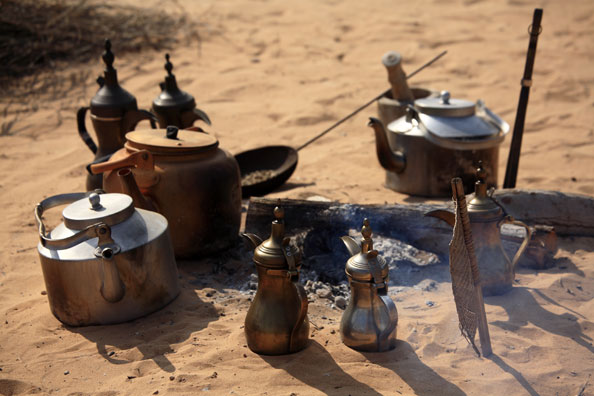
Bedouin tea making set.
Watch this fascinating documentary in which explorer Adrian Hayes retraces Wilfred Thesiger’s famous journey
Images: Getty











